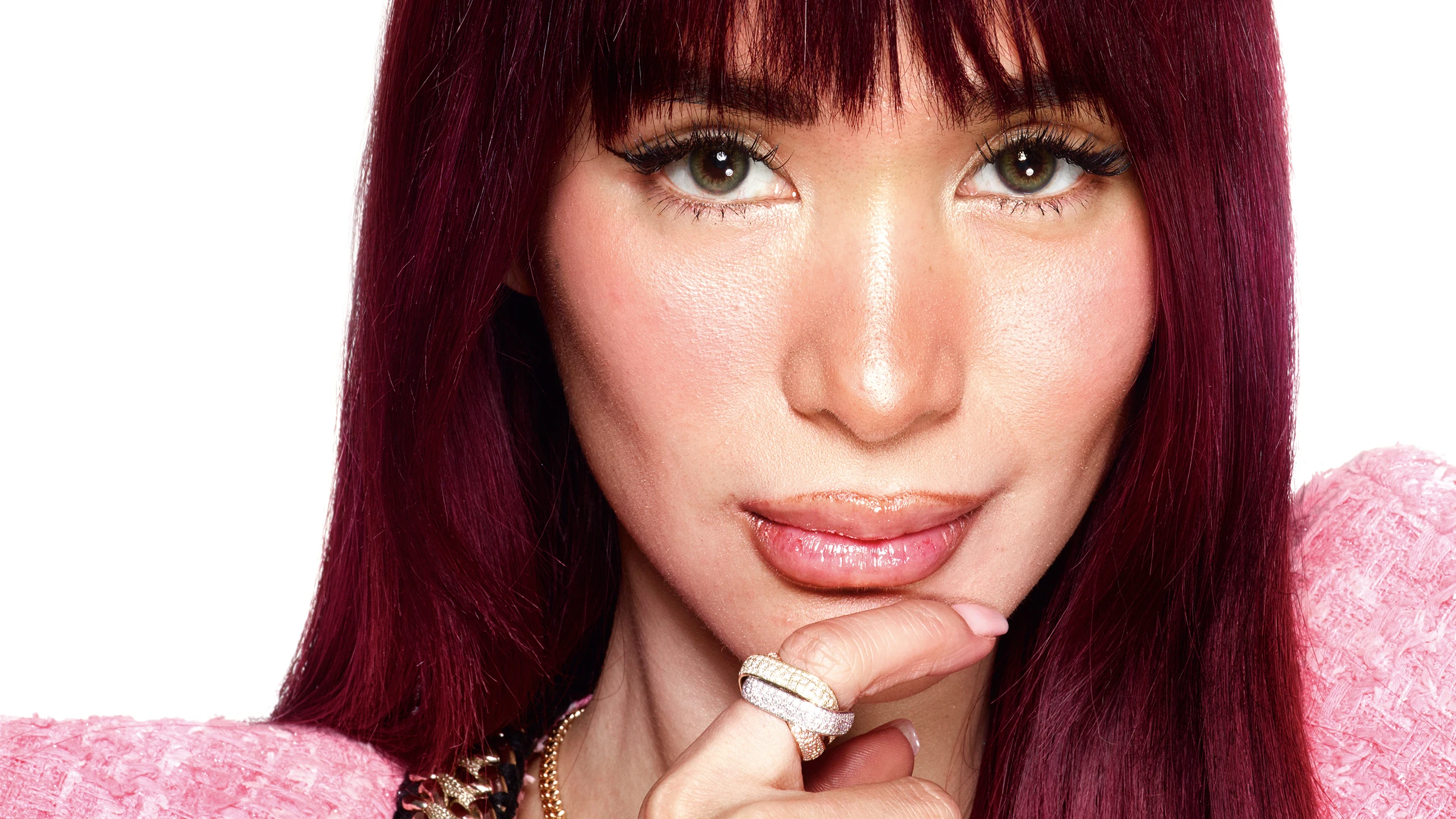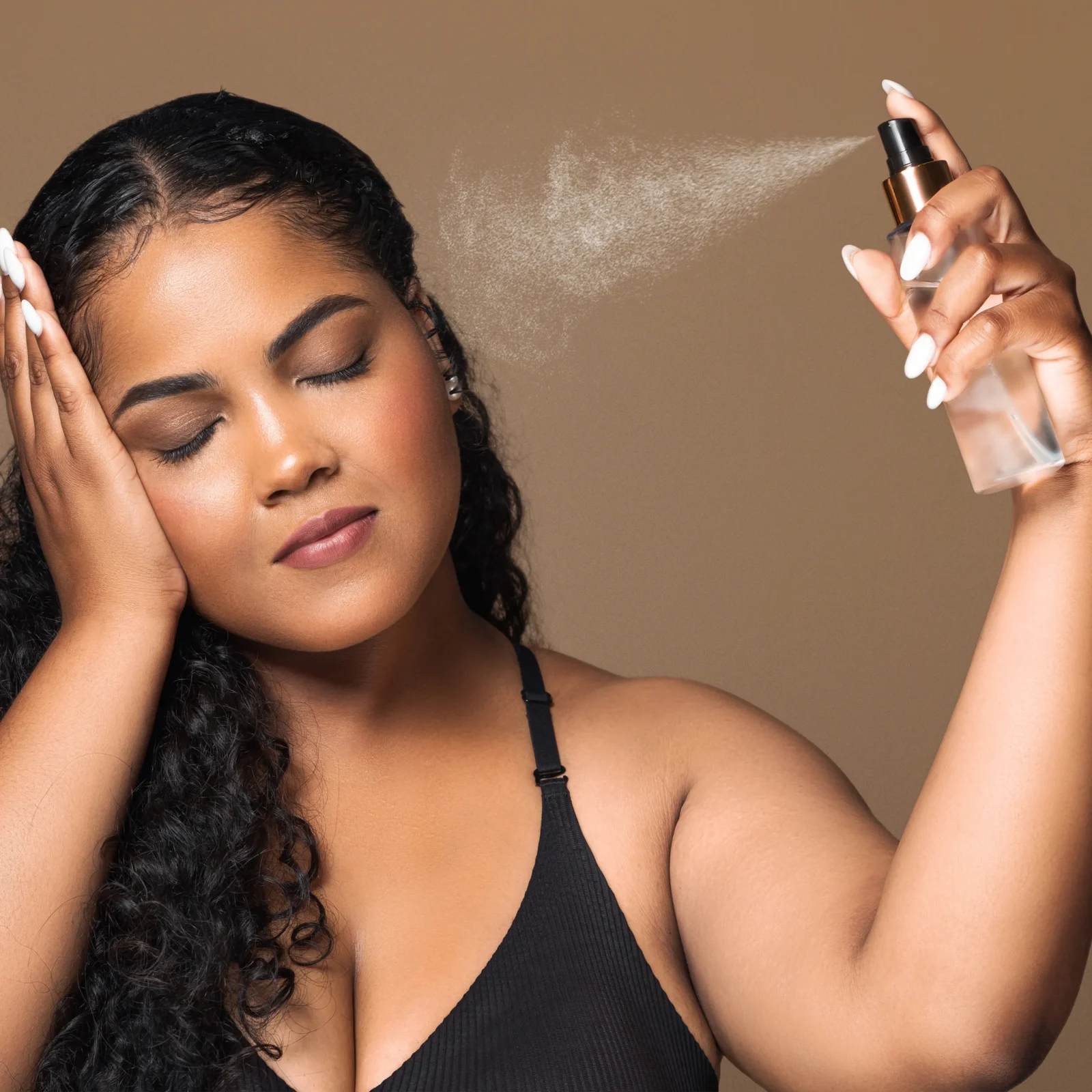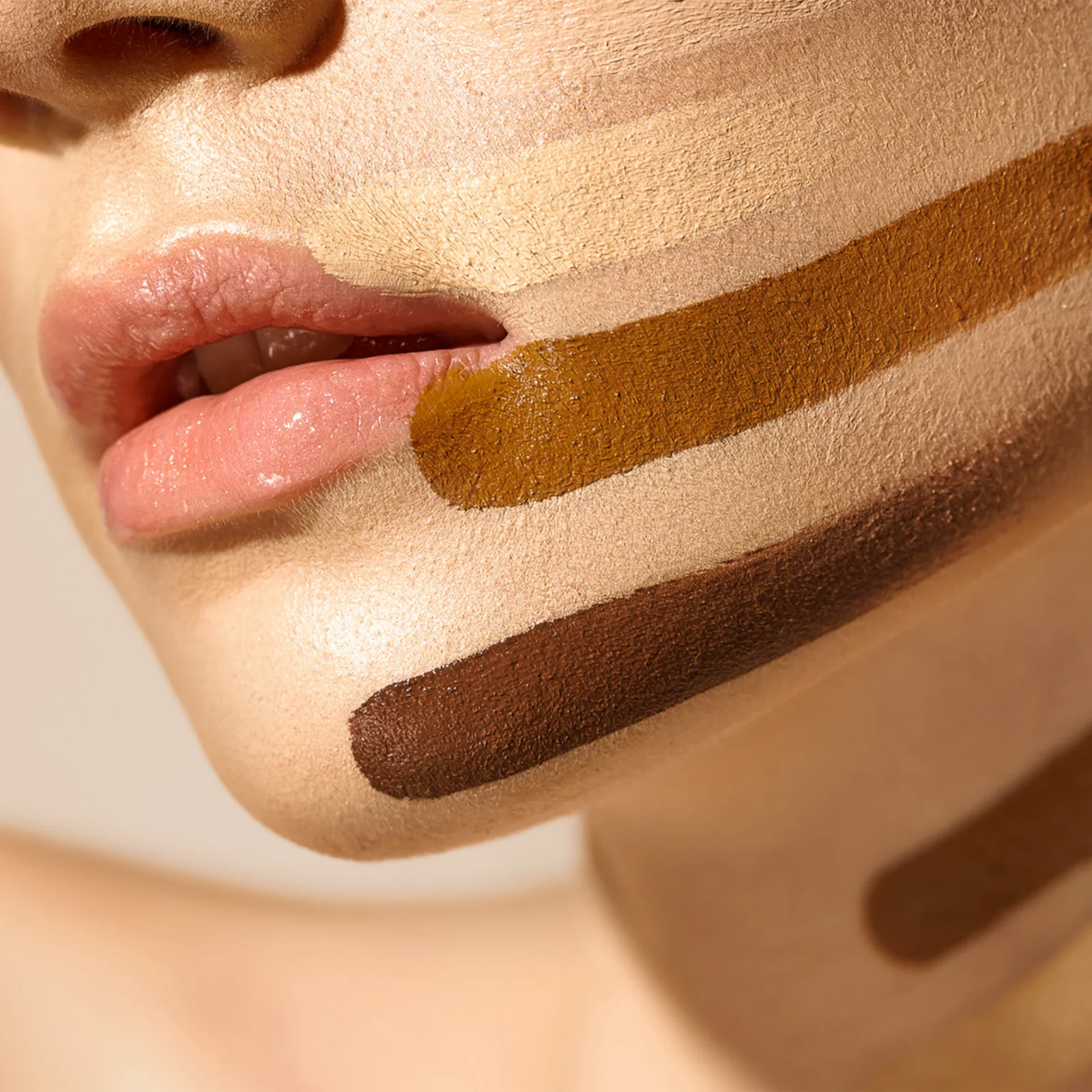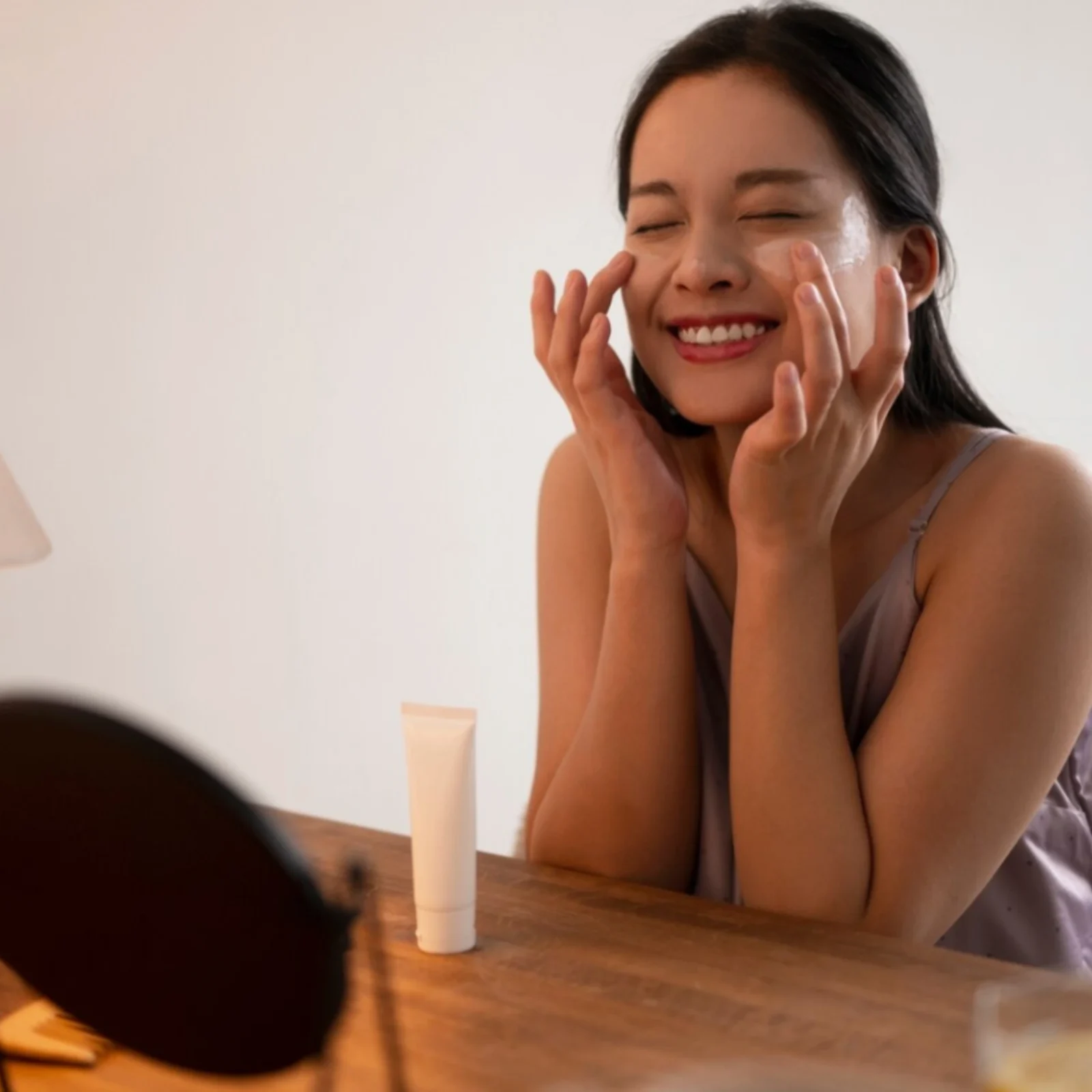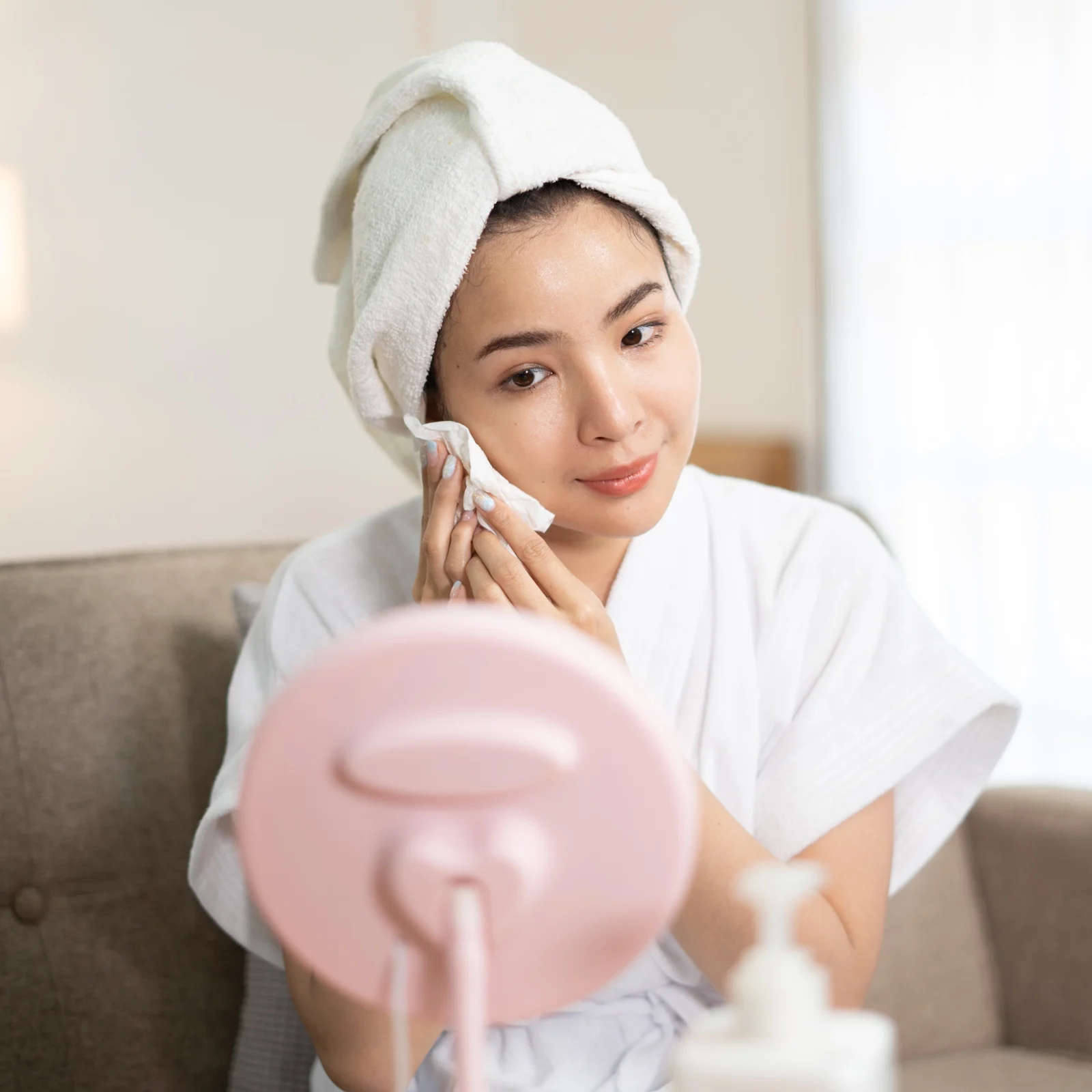How to Contour With Blush, the Hidden Gem in Your Makeup Bag
Makeup artists agree: The ever-flexible rouge is powerful enough to contour.
By Paige Stables, Emily Rekstis and Lia Cruz
The word “contouring” has developed quite the reputation—it began as medieval stage makeup, but it’s best known today after years of the so-called “Kardashian Effect” (chiseled cheeks, defined noses, and pointy chins). At its most basic definition, “contouring is an umbrella term for shading and highlighting,” Los Angeles-based makeup artist Jamie Greenberg tells Allure.
Still, doing an entire contoured look daily may be too severe for some people’s style preference—or it could just take too long. Luckily, contouring doesn’t require a number of palettes to sculpt facial features and brighten skin—all you need is blush.
“It looks more modern and brings life to the face,” says Holly Gowers, a New York City-based makeup artist. Gowers shares that she considers blush to be one of her favorite products in any makeup kit. Cheery shades of coral, rosy pink, and punchy watermelon-red are a fresher take on intense contouring products, and they do the same job with strategic placement.
Manila-based makeup artist Janica Cleto adds, “If you want to achieve a blushing, flushed, or romantic look—this technique is perfect. Using this technique enhances color, and gives dimension to the face like [what] a bronzer [would do].”
Meet the experts:
Janica Cleto, a makeup artist based in Manila.
Jamie Greenberg, a makeup artist based in Los Angeles.
Jillian Dempsey, a makeup artist and owner of her eponymous beauty line based in Los Angeles.
Holly Gowers, a makeup artist based in New York City.
Nydia Figueroa, owner of Faces By Nydia Makeup Studio in Cedar Grove, New Jersey.
Nick Lujan, director of artistry and education at Kevyn Aucoin Beauty based in New York City.
Delina Medhin, a makeup artist based in New York City.
Use a powder blush.
Though you can use any formula of blush you favor, including cream, stick, or liquid, the pros prefer a powder. “A powder can be used in a more natural or dramatic way without much effort,” Nydia Figueroa, a makeup artist and the owner of Faces By Nydia Makeup Studio in Cedar Grove, New Jersey. “It also stays put when applied so you won’t have to worry about it losing its shape as the day goes on.” Allure Philippines recommends the Chanel Les Beige Healthy Glow Sun-Kissed Powder.
Apply the blush just underneath your cheekbones.
“[Blush] is a great way to lift cheekbones,” says Figueroa.To do this, Los Angeles-based makeup artist Jillian Dempsey recommends starting by sucking in your cheeks to create a fish-face, which helps you locate your cheekbones.
“Then using a finger or contour brush, apply blush using quick, light strokes from the ear area to mid-cheek just under the cheekbones and keep blending until you see definition,” adds Dempsey.
Cleto’s tip is to place your blush where you usually would contour with your bronzer. “Just don’t make the placement too low, because this only brings out the parts that you want contoured,” she cautions.
Makeup artist Nick Lujan, who is also the director of artistry and education at Kevyn Aucoin Beauty, says that the blush should be “blended along the underside of the cheekbone and fades upward.”
Once you see the definition along your cheekbones, Dempsey suggests swooping a bit of blush over the rounds of your cheeks in a half-moon shape. “Think of it like a stretched-out horizontal ‘V’ shape,” she says. “Start by [your] ears, and blend!”
Lujan notes that this placement method is particularly great for people with round, square, or oval faces.
Regardless of your face shape, there’s an easy way to think about where you want to place pigment: mimic the sun. “If you were out on a summer day and got a little rosy from the sun, this is the exact placement: over the bridge of your nose and right on the top of your cheeks,” explains Gowers. [Editors’ note: This is good advice for visualization, but we hope that you always wear an SPF and any facial rosy-ness comes from product, not sun exposure.]
Apply the blush to the tops of your cheekbones.
This technique is a slight spin on your classic “sun-kissed” blush. But instead of going all the way down the tops of your cheekbones, you’ll want to focus the application around the eyes. Figueroa says to place the blush starting at the hairline and temples and then swipe it along the tops of your cheekbones.
“Use the leftover blush color in your brush to add warmth to the bridge of the nose and the temples,” Lujan recommends. He also notes that this placement is great for those with longer, thinner face shapes.
Dempsey likes both powders and cream blushes. “It is about finding one with enough pigment to show up on your face,” she says. “You want to have enough pigment to work with to help create better and a more dramatic definition to blend. This is what blush contouring is all about.”
How to apply blush is just as important as the placement. “When contouring with blush you want to use a brush with an angled shape,” suggests makeup artist Delina Medhin. We recommend the Make Up Forever 158 Double Ended Sculpting Brush.


Blending with a Beautyblender or your fingers works well too, particularly to diffuse a silky, cream blush. “I use a cream blush if I plan on doing a dewy makeup look and a powder blush if I’m doing more of a matte look,” says Medhin. She loves Bobbi Brown Pot Rouge.

The two different formulas can also work well together, especially when you need staying power. “If you apply a cream blush, layer it with translucent powder, and then add powder blush on top, you get a longer-lasting blush for the whole day,” says Greenberg.
Choose the right shade.
According to Cleto, Filipinos have a variety of skin tones, but if you want to use blush as contour, “pale pink blushes will pop more on fair skin tones and pigmented pinks, while reds or red-violets tend to look more natural on morena skin tones.”
Dempsey adds, “Choose shades that are deep, but have a little touch of warmth to help add a subtle tone. Think of it as a contour shade with a touch of peach, deep apricot, or deep caramel tone, depending on the skin tone.”
However, if you’re still unsure about which shade of blush would be best for you, Lujan says you can never go wrong with a shade of peach. “Peach and orange tones are very natural for all skin tones,” he says. “These shades contain both red and yellow in their base and are totally natural fit for your undertone.”
Start with less product, then build on the pigment.
When it comes to any complexion products, it’s always best to gradually build on the pigment to help you find the right hue for you. “You don’t want to have hard edges,” Figueroa explains. “You want to create the look of draping over the cheekbones rather than just applying the blush on the apples of the cheeks.” Cleto adds that it’s extremely important to make sure that you apply blush with a moderate hand, “so it’s not too pigmented and unnatural-looking on the face.”
The best way to ensure the pigment is applied lightly to allow for a gradually build is by working the product into your application tool before it touches your skin. “Try not to go straight from product to skin,” Lujan says. “By working the product into the bristles or into the sponge, you will have a softer, more air-brushed, quality to the application. This will allow you to layer easier and gently to build up color gradually.”
Follow your natural face shape.
Since face shapes vary greatly among Filipinos, Cleto says that each shape requires a slightly different approach. “For a general idea of placement, you can start with using the blush as contour on the nose line, connecting the brows; on the temples; on the cheeks and chin; as well as parts of the face that need a lift.”
Though these tips are to provide a general guide for all people, contouring and blush contouring is not a one-size-fits-all method. It’s important to keep in mind that everyone’s face shape is different. “No matter your methods for accentuating your features, always keep in mind that you are unique,” Lujan says. “Follow the curves of your unique features, and don’t copy what others are doing.”
Latest Stories
You might also like
To provide a customized ad experience, we need to know if you are of legal age in your region.
By making a selection, you agree to our Terms & Conditions.